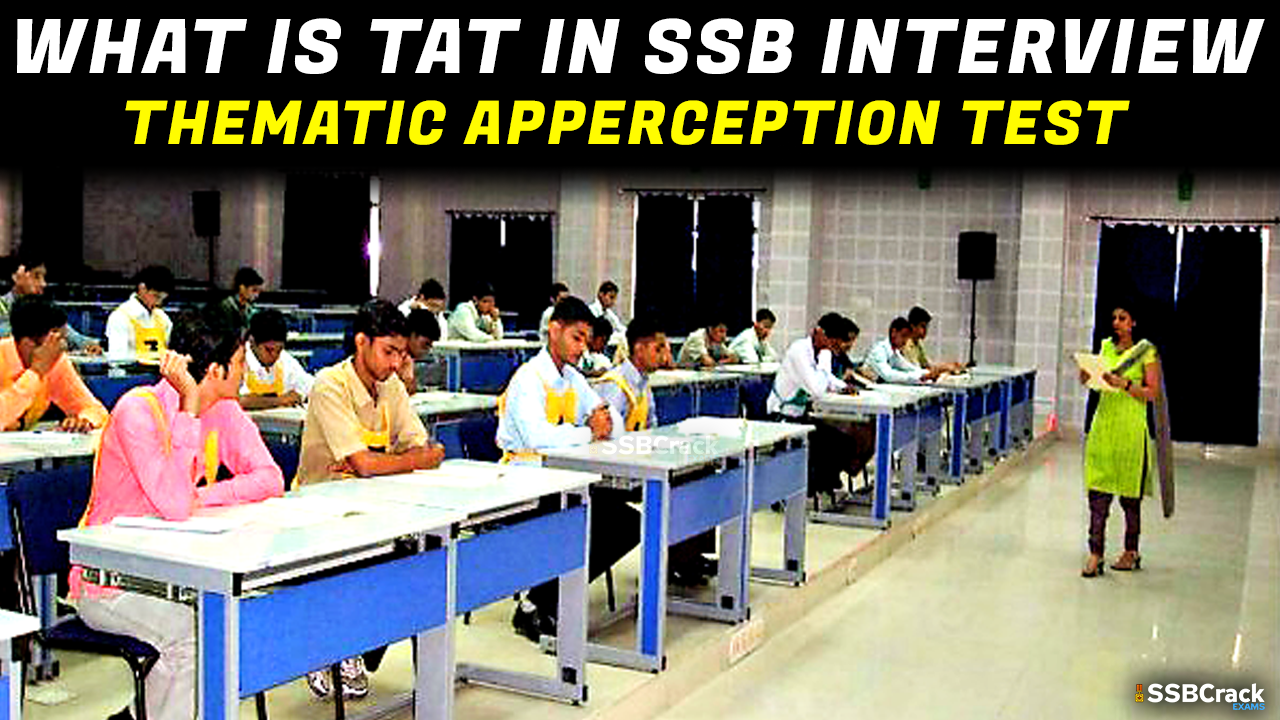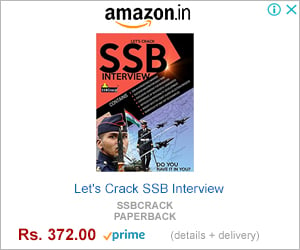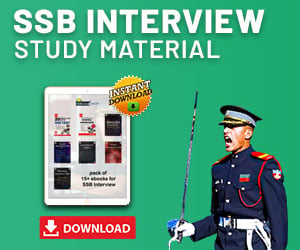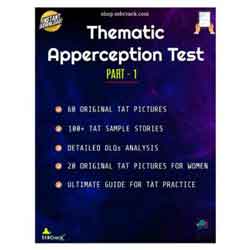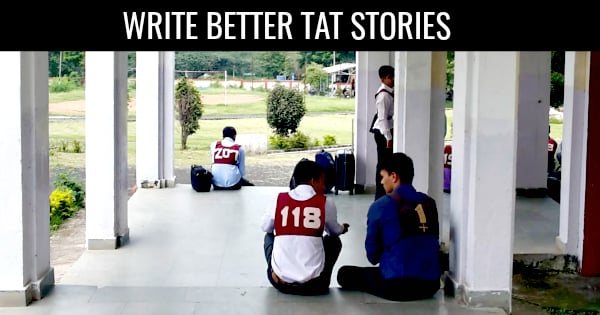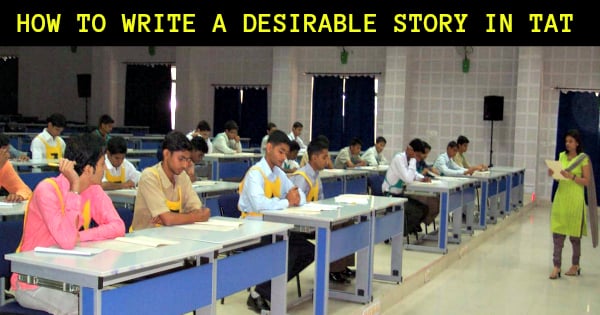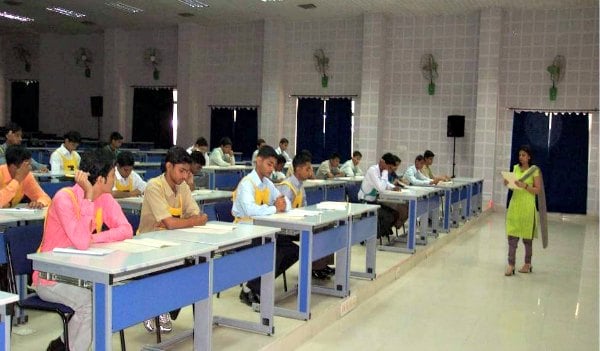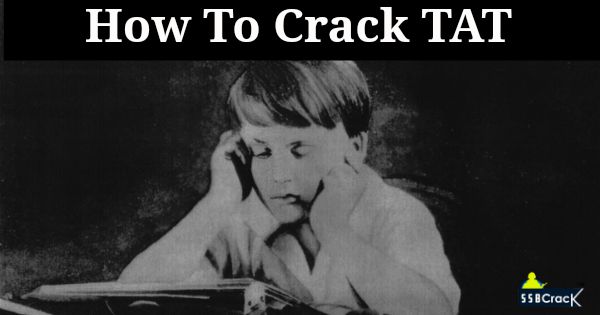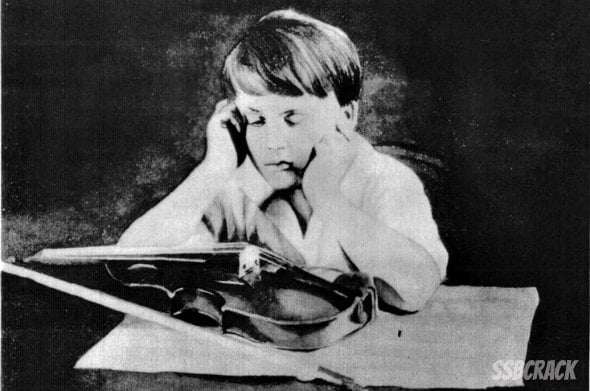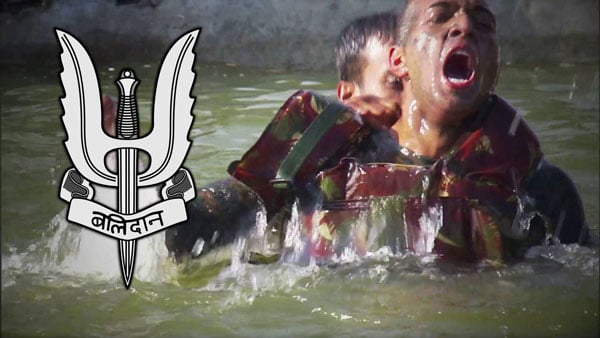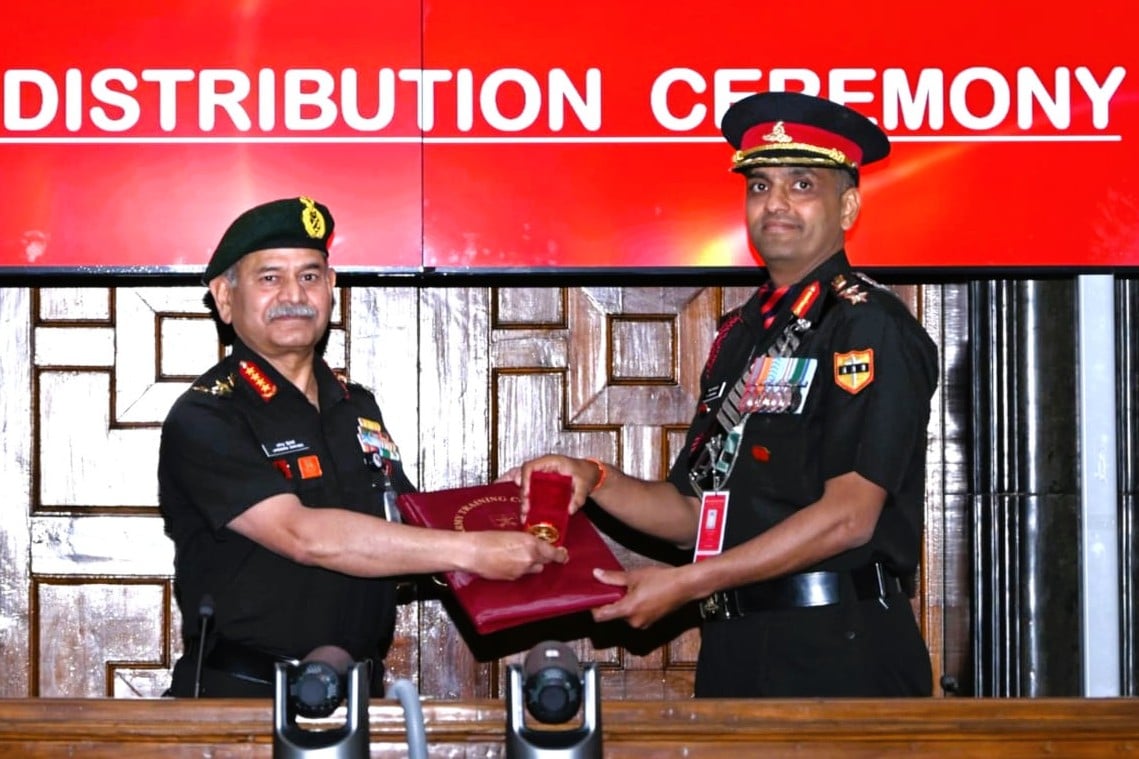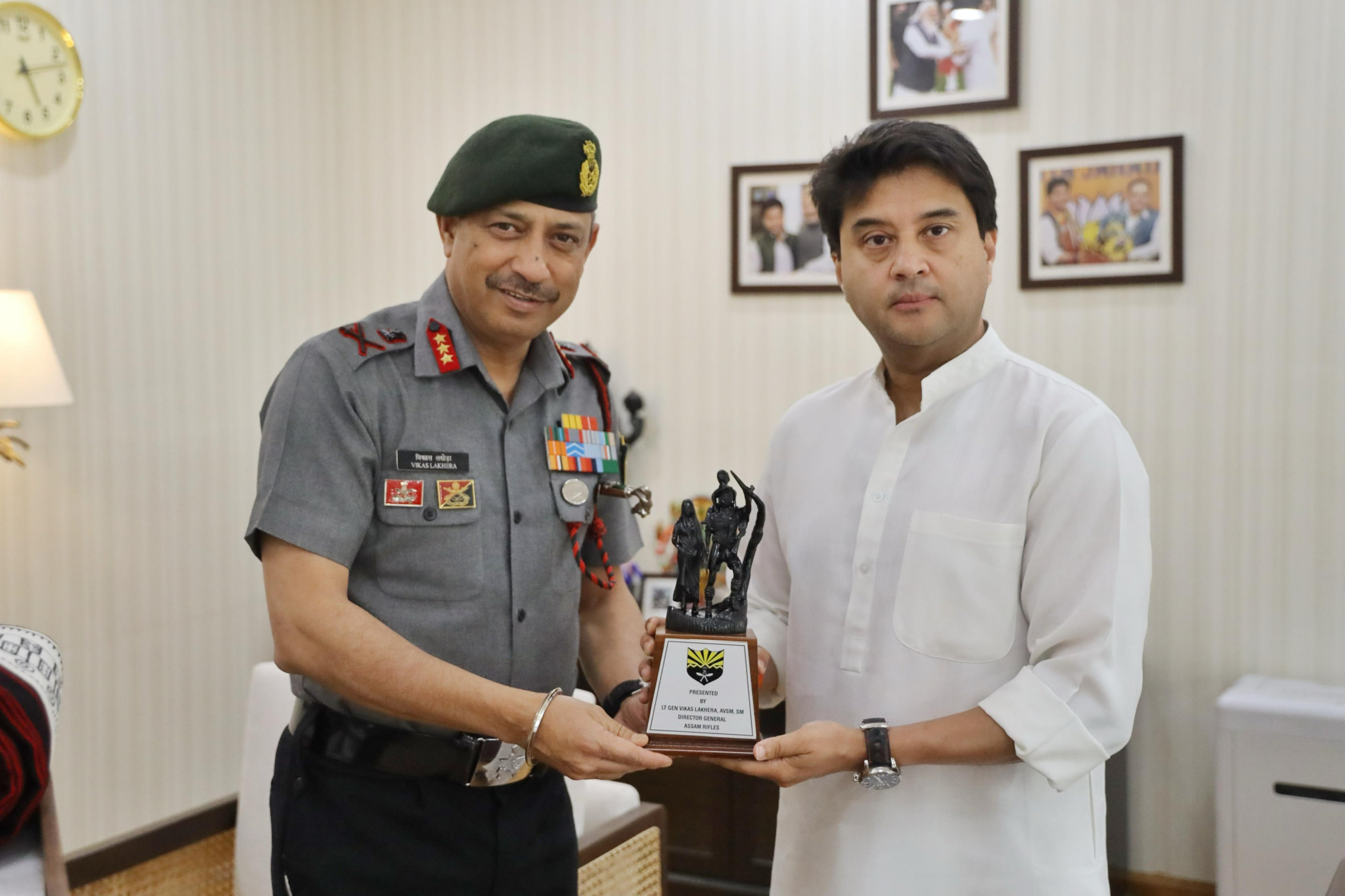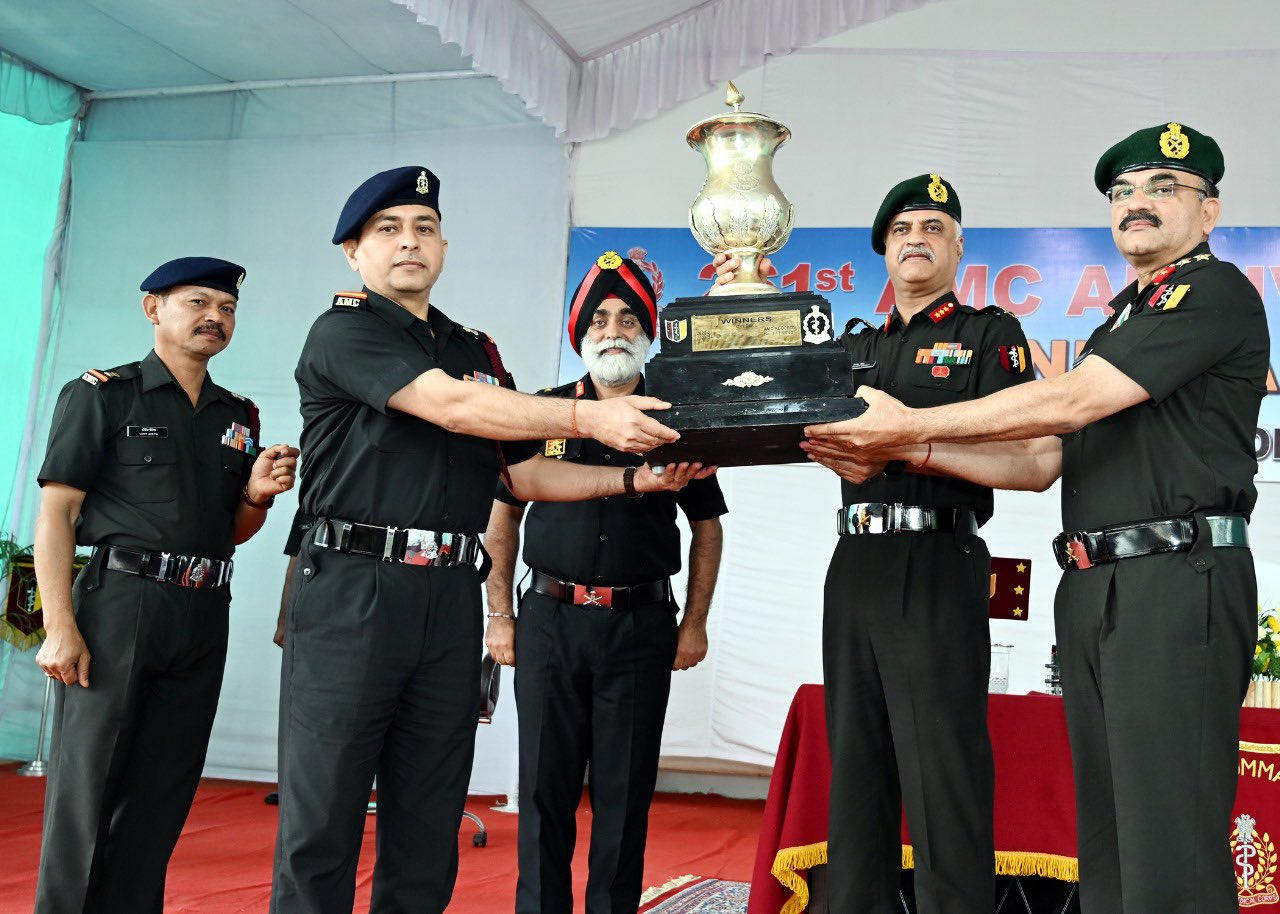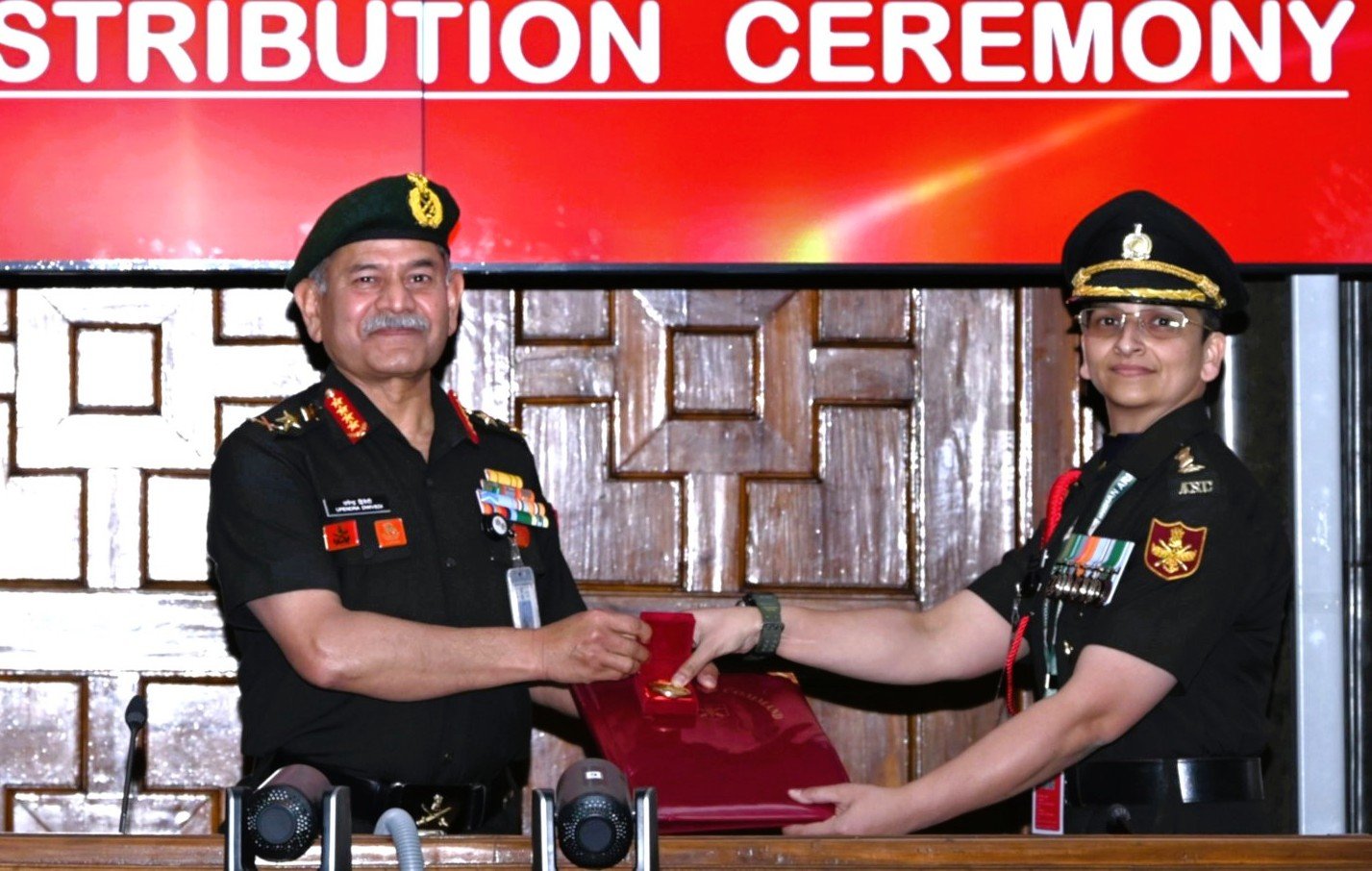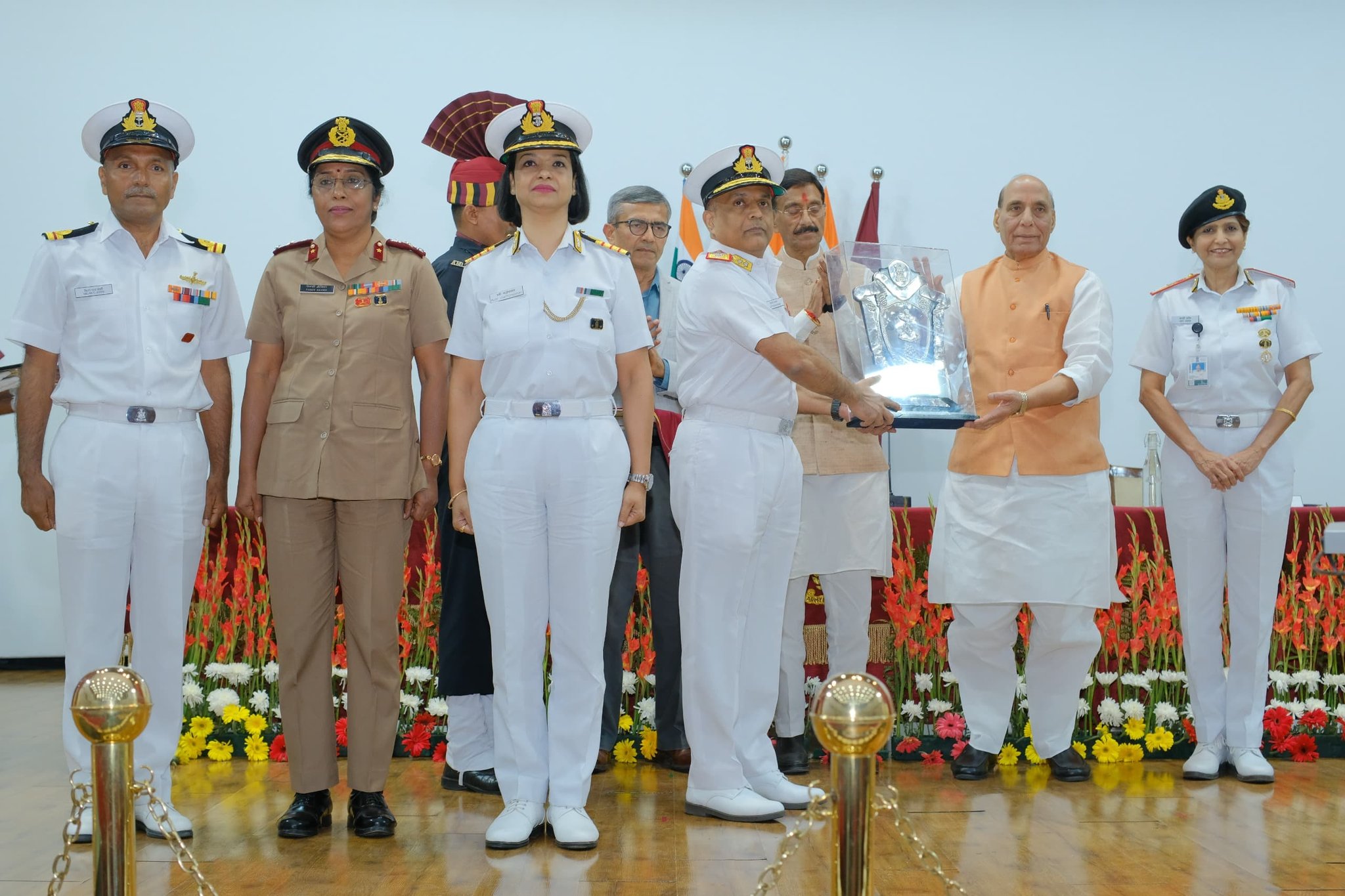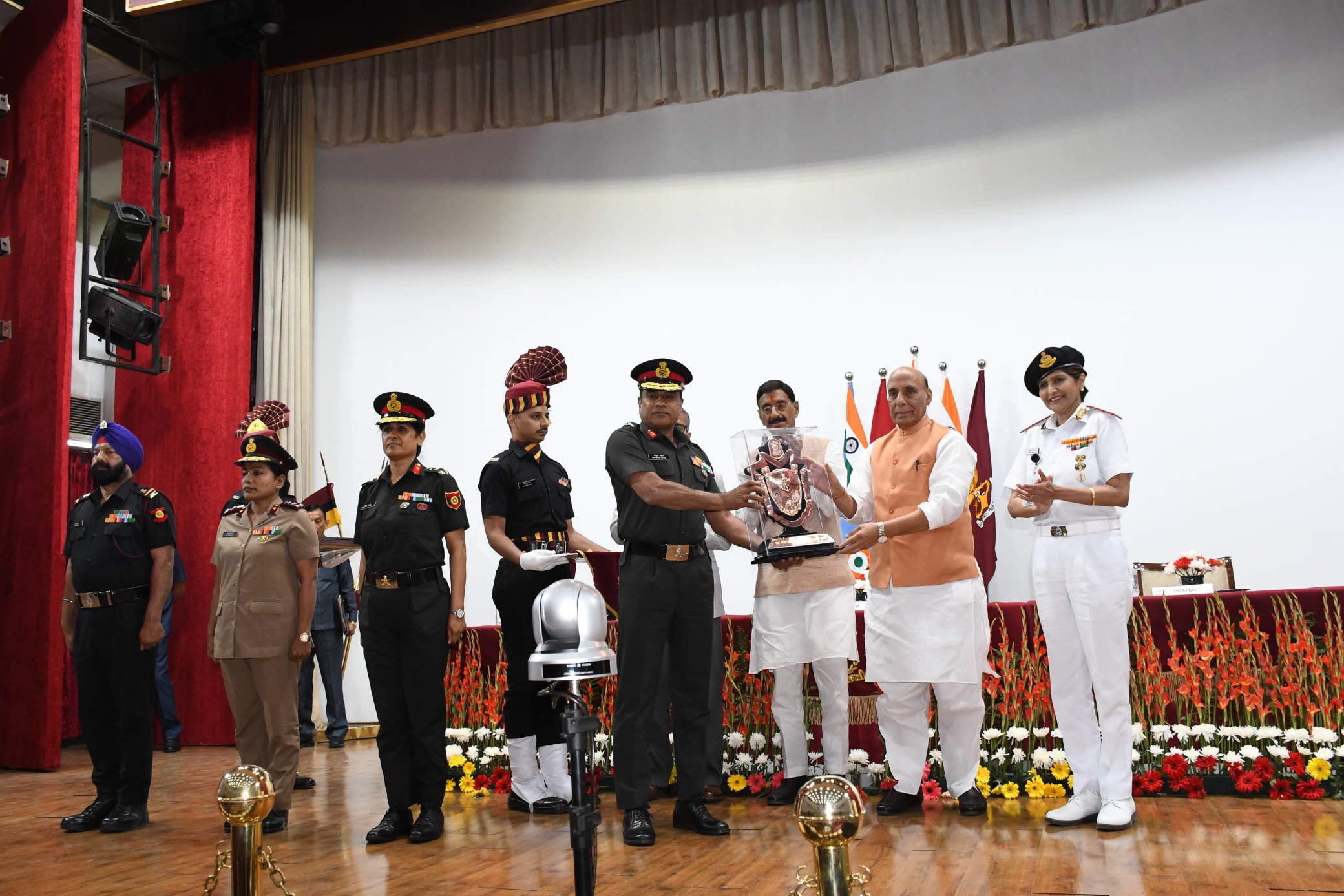Thematic Apperception Test (TAT) is the second out of the four psychological tests employed by the SSBs in Phase 2 of their testing procedure to evaluate a candidate’s patterns of thought, attitudes, observational capacity, and emotional responses to judge his/ her Officer Like Qualities (OLQs). There are some things therefore, that a defence aspirant must know about TAT before appearing for the SSB Interview. But even before that it is important for him/ her to know a little bit more about what TAT is, why it is conducted, how does it work and how he/ she can successfully qualify the test.
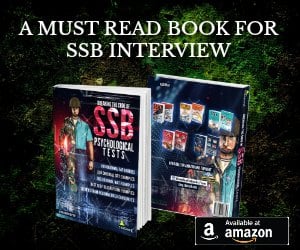
What is TAT?
Thematic Apperception Test (TAT) is a projective psychological test developed during the 1930s by Henry A. Murray and Christiana D. Morgan at Harvard University. Historically, the test has been among the most widely researched, taught, and used of such techniques. In this test, a series of provocative pictures are used to explore the respondent’s dynamics. It consists of a series of pictures of ambiguous social situations in which the examinee describes the social situation as they see it. Respondents are then asked to describe the scene in the picture, the apparent emotional content and thoughts of the people involved, what led up to the scene, and what the outcome will be, usually in a form of a story.
Why is TAT Conducted?
TAT was developed on the premise shared by other projective techniques that people reveal something of their own personality (i.e., their motivational and emotional condition), as well as their cognitive structure, when ascribing thoughts and feelings to ambiguously drawn characters in the pictures. It is meant to evoke an involuntary display of one’s subconscious. It is used in a psychiatric or psychological context to assess personality disorders, thought disorders, in forensic examinations to evaluate crime suspects, or to screen candidates for high-stress occupations like in SSB.
How Does TAT’s Scoring System Works?
Three common systems of scoring TAT currently used in research are :
Miner Sentence Completion Scale (MSCS)
Developed by Murray himself, this scale is assessed by the respondent asked to tell a story about each of pictures that depict one or more individuals in a variety of ambiguous situations. It is assumed that the content of the individual’s stories about these cards will reveal unconscious desires, inner tendencies, attitudes, and conflicts and analyzes the hero (leading character in each story), the needs of the hero (such as achievement, order, and aggression), press (the pressures operating on the hero), and themes (the interplay among needs, press, and resolution of conflict)
- Defense Mechanisms Manual (DMM)
This assesses three defense mechanisms: denial (least mature), projection (intermediate), and identification (most mature). A person’s thoughts or feelings are projected in stories involved.
- Social Cognition and Object Relations (SCOR)
This assesses four different dimensions of object relations: Complexity of Representations of People, Affect-Tone of Relationship Paradigms, Capacity for Emotional Investment in Relationships and Moral Standards, and Understanding of Social Causality.
- Personal Problem-Solving System—Revised (PPSS)
This assesses how people identify, think about and resolve problems through the scoring of thirteen different criteria. This scoring system is useful because theoretically, good problem-solving ability is an indicator of an individual’s mental health. The PPSS-R scoring system allows clinicians and researchers to assess for problem solving ability and social functioning in many types of people, without being hindered by social desirability effects. It provides information about four different areas related to problem solving ability: Story Design, Story Orientation, Story Solutions, and Story Resolution. attempts to measure the following information:
- Story Design measures the examinee’s ability to identify and formulate a problem situation.
- Story Orientation assesses the examinee’s level of personal control, emotional distress, confidence, and motivation.
- Story Solutions assesses how impulsive the examinee is. In addition to evaluating the types of problem solutions that are provided, the number of problem solutions that examinees provide for each of the TAT pictures is summed.
- Story Resolution provides information on the examinee’s ability to formulate problem solutions that maximize both short and long-term goals.
Another extremely popular scoring system for TAT was designed by David McClelland who divided the TAT responses of a subject into seven dimensions:
(a) Stated need for achievement (someone in the story expresses a desire to achieve a goal)
(b) Instrumental activity (whether the outcome of the instrumental activity is successful, doubtful, or unsuccessful)
(c) Anticipatory goal status (whether the person in the story anticipates achieving the goal or being frustrated by it)
(d) Obstacles or blocks (whether the goal in the story is blocked by an obstacle)
(e) Nurturant press (whether there are nurturing forces aiding the characters in goal achievement)
(f) Affective states (emotions present associated with achieving or being frustrated by the goal), and
(g) Achievement themes (when achievement imagery is the focus of the story)
Points to Remember for TAT Story Writing in SSB
- TAT is specifically designed to put candidates under pressure because of the time restraints and extract genuine responses from them.
- It helps the psychologist to evaluate a candidate’s OLQs in him/ her.
- It is a test of imagination where 11 slides with different pictures and 1 last slide containing a blank picture are shown to the candidates on screen.
- The candidates are given 30 seconds to observe the picture, after which the picture disappears from the screen, and then they are given 30 more seconds to think and 3 to 4 minutes to put their thoughts on the paper in the form of a story. The candidate has to wait for the next picture to appear on the screen and he repeats the same routine as with the picture before.
- When you see a picture, try to keenly observe as many details you can find in it as possible and noting them down in your head.
- Think first and then write the story. Do not rush into writing. Do not apply your preconceived ideas in a story.
- You must build a story and not merely describe the picture. Therefore, the story should have a beginning and an end.
- Your story should have a good and positive outline. Do not unnecessarily put negativity in it. However, if you get a negative picture like that of a dead body or a car accident, do not try to overlook or avoid that which is so clearly visible. Instead try to give your story a positive ending.
- If you don’t find any problem in the picture, there is no compulsion to include any in your story. But do not forget to include a positive outcome in it.
- Your story should have a motto in it and should be practical, realistic and mature. For example, if you see a picture showing a woman running on a racing track, you can write that she is representing her school or college, but if you say she is representing India in Olympics, it can become a little impractical.
- Your story should not be less than 90 words.
- The ideal way to write your story is to give a little background information due to which the scene has occurred, describe the steps taken by your hero and the result or the outcome.
- Your story must have the following elements in it:
- A Hero/ Heroine : He/ She should exhibit OLQs. However, he/ she should behave like a normal human being and not a superman or superwoman. He/ She should have a name, what he/ she is currently doing and from where he/ she belongs. He/ She should have the same sex and age as you. He/ She should have an occupation or a purpose. Show this by saying X was going to tuition (which shows X is a student) instead of saying that X was walking through the road. Remember, do not reward your hero/ heroine at the end.
- Other characters : Make sure your hero/ heroine is not too dominant and does everything on his/ her own. He/ She should take the help of other people around in the execution of a task, though leading himself/ herself in it.
- Situation in the Story : What it is? How it came into being or what events led up to it? What will be the outcome or result?
- Check the Resources : Some resources are visible in the picture while there are some which are to be assumed as per the area of action. It’s important to make use of correct resources in the story.
- Figure out a Plan : Don’t describe your plan in the story. Just implement it. The plan must be according to the people present, resources available and must go with time.
- Theme or Plot of the Story : The hero/ heroine along with other characters should attempt to solve the problem with the resources available at their disposal. The plot should be interesting and end successfully.
- The Solution of the Problem : You should solve the problem completely and practically. Remember, a problem cannot be solved at once. Several minor problems emerge while you solve the primary problem. It’s important for you to mention about the minor problems as well and how you tackle them to reach the climax.
- It is not compulsory for you to write a theme or a story for the Blank Slide. But the Blank slide story holds a great significance as it will reflect more about your personality and lifestyle. Do not write something random for it, instead portray your own inner qualities (OLQs) perhaps relating your personal experiences, your failures and how you overcame them and achieved accomplishments in your life. However, it is good to keep some connection between what you write for the blank slide and the rest of the stories you wrote before it. It will also be an added advantage for you if you prepare a story outline beforehand for the blank slide and then imagine one on the spot establishing a relation with the other stories you will write before it.
Steps to Improve Your TAT Story Writing
- Write at least 2 TAT stories daily, by looking at pictures in books or just observing things around you while you sit in a park or a café. Think for half a minute and then try to write a story within 5 minutes.
- After writing, read your story again and again to check if your story contains all the required elements and look for improvements.
- Practice a lot on daily basis at least a month or two before your SSB.
- Learn to write fast.
- Do some meditation and yoga daily to calm your mind down and increase mental strength and thinking capacity.
- During the SSB, concentrate on one story at a time. Do not think about how you did in the last story or how will you do in the next one.
- Whenever you feel stressed or nervous, breathe deeply. Take a deep breath, hold for a second and then let out a big sigh. Repeat as many times as you like.
So I hope going through all these important points to remember and the steps to improve story writing for TAT in SSB, you have got all you need to know about TAT that will help you to prepare in a better and a more efficient way for TAT. Work hard and believe in your dreams. Also, don’t forget to relax and destress yourself.
Jai Hind!

